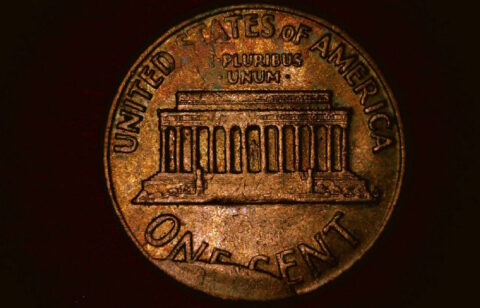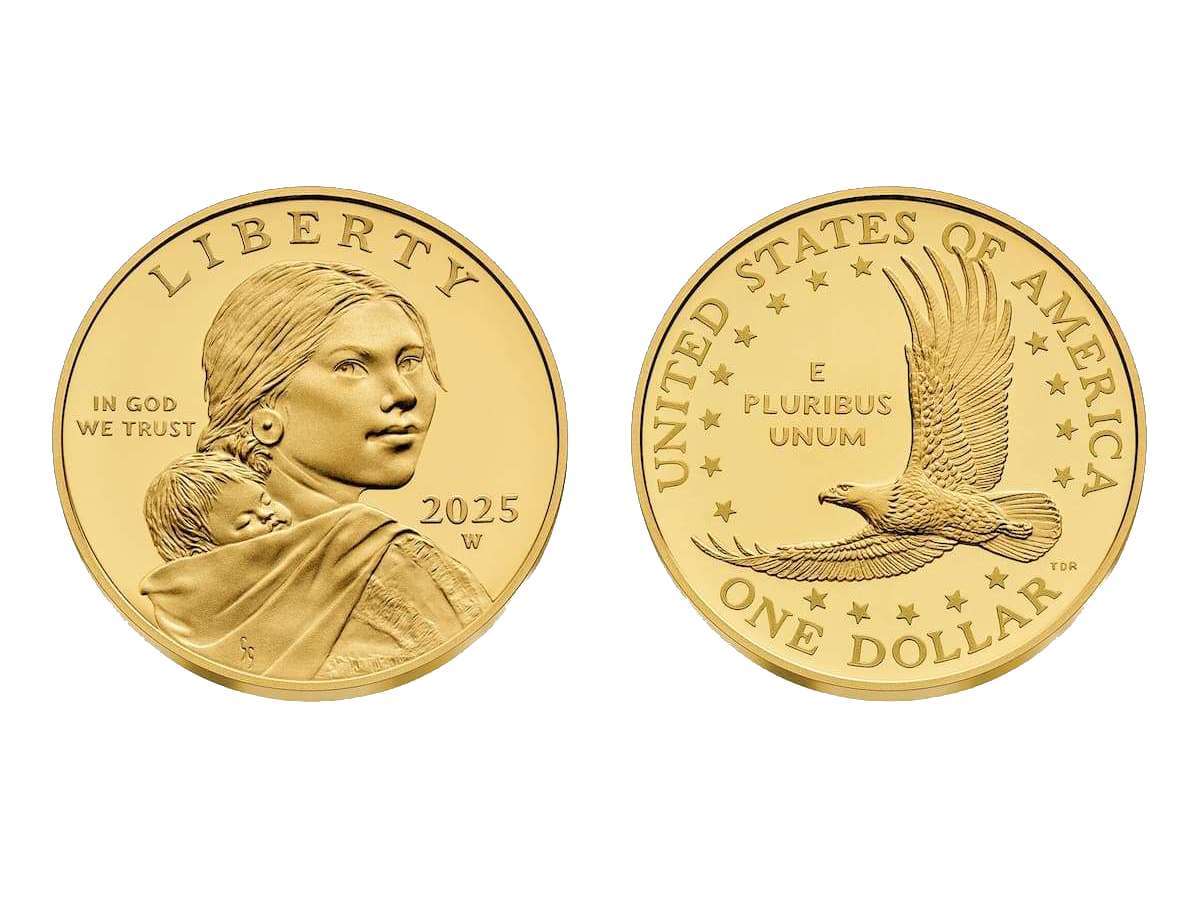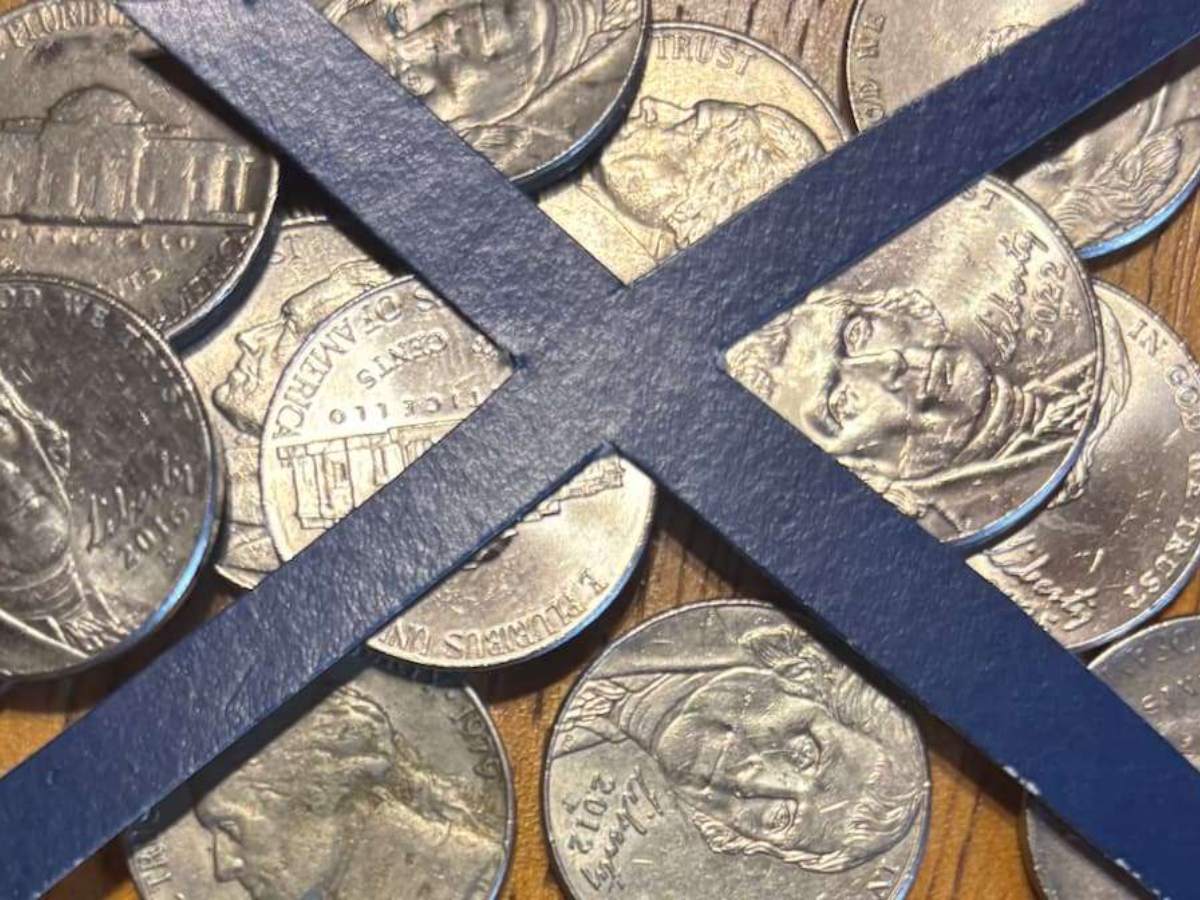Have any die cud error coins?
Maybe you’re asking, “What’s a die cud error coin?”
These weird-looking error coins involve something called a die break — a raised blob of metal struck onto the coin due to damage on the die. (A coin die is the device that strikes images onto blank coins.)
Die cud errors are really neat, valuable coins!
You’re going to find out a lot about die cud error coins in this post, including:
- How cuds on coins happen in the first place
- How to spot die cud error coins
- How much die cud errors are worth
- Other types of die breaks and die crack error coins to look for
What Are Cuds On Coins?
Until now, you’ve probably only ever heard the term “cud” used to describe something a cow chews.
But a cud on a coin?… What’s that?
When a significant part of the edge of the die deteriorates and falls off. The coins struck with this die exhibit a raised blank area on that part of the design. Sometimes called “major die break. Source
You can easily tell a die cud from other types of die cracks — because it’s such a distinctive type of error! When a piece of the coin die breaks off from the rim, the result is a flat, featureless blob of metal that extends from the rim inward.
Some die cuds are relatively tiny and insignificant. Others are large, consuming much of the rim and perhaps half or more of one side of the coin.
This cool video shows an example of a die cud on a Lincoln penny:
How Are Cud Error Coins Made?
Coin dies may be made of tough metal, but they don’t last forever. After striking tens of thousands — sometimes hundreds of thousands — of coins every day, dies eventually become brittle and break.
Die breaks are often prevented — because US Mint officials replace dies regularly as they become too worn for operation. But sometimes die breaks occur before the dies can be replaced, resulting in die breaks.
Die breaks often begin as small hairline cracks and progress into full-blown fractured dies.
These fractures, or breaks, can occur anywhere on the die.
With die cuds, the die break occurs at or near the edge of the die — the larger the crack or missing segment of die, the larger the cud.
TIP: Some collectors even try to find various examples of die breaks or die cuds from the same die, representing the increasing size or progression of the die break. Of course, an objective like that can be extremely challenging. But isn’t half the fun in coin collecting the thrill of the search?
How Much Are Cud Error Coins Worth?
As with most other types of errors, the value of a coin with a cud is largely dependent on:
- The series or denomination; and
- The size of the error (in this case the cud).
Cud errors are pursued by at least 2 kinds of coin collectors: error coin collectors and series specialists.
Error collectors love pretty much any cud coin — simply because they’re rare and fascinating coins.
Those who collect certain types of coins (such as Jefferson nickels, Roosevelt dimes, or Washington quarters) often chase down examples of those coins with the cud errors.
A few of the most popularly collected coin series have especially large numbers of collectors who pursue cuds on coins — including Morgan dollars with cud errors and Peace dollars with cud errors. In fact, Morgan and Peace silver dollars with cuds are specifically catalogued as VAM dollars.
VAM Morgan and Peace dollars with cud errors are worth a ton of money and are among the most valuable cud error coins of the late 19th and early 20th centuries. Some are worth hundreds… even thousands of dollars.
Since cuds are so popular with error collectors, they’re pretty valuable. And yet, die cud error coins can be found in your loose change — if you look hard enough and are quite lucky!
Here’s a rundown on cud error coin values:
- Bronze Lincoln pennies (struck 1909-1982) — $5+
- 1943 Steel Lincoln pennies — $8+
- Zinc Lincoln pennies (1982-present) — $5+
- Buffalo nickels (1913-1938) — $15+
- Jefferson nickels (1938-present) — $3+
- Silver war “nickels” (1942-1945) — $15+
- Mercury dimes (1916-1945) — $18+
- Silver Roosevelt dimes (1946-1964) — $15+
- Copper-nickel clad Roosevelt dimes (1965-present) — $12+
- Silver Washington quarters (1932-1964) — $15+
- Copper-nickel clad Washington quarters (1965-present) — $7+
- 1976 Bicentennial quarters — $25+
- Franklin half dollars (1948-1963) — $100+
- 90% silver Kennedy half dollars (1964) — $70+
- 40% silver Kennedy half dollars (1965-1970) — $75+
- Copper-nickel clad Kennedy half dollars (1971-present) — $25+
- 1976 Bicentennial Kennedy half dollars — $30+
- Eisenhower dollars (1971-1978) — $100+
- Susan B. Anthony dollars (1979-1981; 1999) — $100+
*Values above are for coins with cuds that are in average condition. Damaged pieces are worth less. Superior pieces are worth more.
More Info About Error Coins
In addition to the links I’ve included above, here are some other resources to help you understand the value of your cud error coins:





